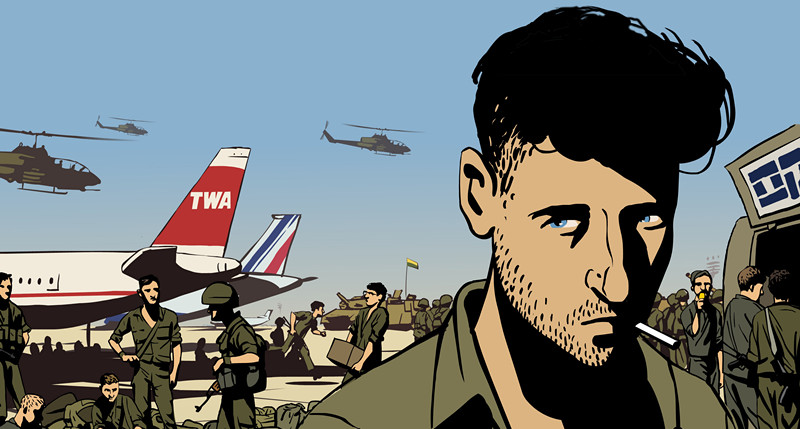
The history of animation goes hand in hand with cinema. Since the earliest days of live-action cinema, artists and animators have produced cartoons and animated films that have captivated young audiences across the globe. Starting with hand drawn and cell based animation, the medium has gradually evolved over the decades, utilising new methods to not only produce a different aesthetic, but create stories that connect with audiences on a much deeper and emotional level.
Leading into the 21st Century, audience expectations shifted dramatically due to the revolutionary changes made in special effects and animation. Computer graphics became an art form and changed the landscape of cinema, especially with animation. While traditional animated films still carried impact, studios like Pixar suddenly introduced audiences to a whole new plethora of animation techniques.
These new techniques not only widened the artistic possibilities, they also widened industry involvement in the medium. Suddenly, dozens of new animated films were being released, illustrating that the medium was more than just a throwaway genre for children, but a strong artistic statement. The early 21st Century saw the majority of awards ceremonies acknowledge this statement by introducing new categories for animated shorts and feature films, including the Academy Awards.
Not only has animation been easily accessible for filmmakers in multiple countries, meaning that the medium has been well represented across the globe in the United States, United Kingdom, Japan, France, Israel and Australia, but it has also allowed filmmakers to experiment with audience expectations, producing films that do not just cater to children but also the nostalgia and the social disillusionment of adults.
But out of the dozens of animated films released since 2000, which are the best?
The 21st century has only entered its 17th year so many of the mentioned animated films have not stood the test time yet these films have already become classics in their own right. Some are remembered for their stark and beautiful animation, others for the progress they made to the medium, some are remembered for their emotionally invested stories and some are even remembered for their darker and more adult themes and topics.
15. Kubo and the Two Strings (2016)
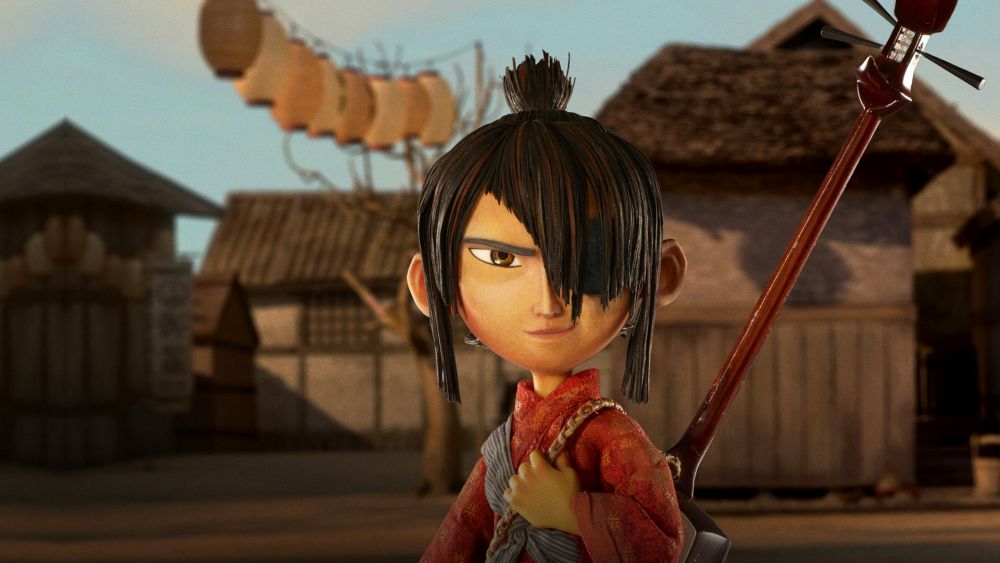
Since the early 2000’s, 3D animation has become the most popular form of animation in Hollywood, creating a renaissance within the medium, with studios like Pixar and Dreamworks leading the charge. However, some studios, like Laika, have avoided this trend, sticking with one of the more traditional styles of animation: stop motion. Despite producing several box office hits, including Coraline, ParaNorman and The Boxtrolls, their first classic is definitely the Samurai inspired Kubo and the Two Strings.
What sets apart Kubo from other films and make it a potential animated classic is that it is a collage of the very best from around the world: European style mixed with a Japanese story told with American sensibilities, Kubo brings out the very best of animated cinema. What also carries this film is its simple yet heartfelt story that touches onto themes of family, community and magic.
Kubo is only a year old and, upon its release, was quickly forgotten amongst other popular animated films including Zootopia, Moana, Finding Dory and The Secret Lives of Pets. However, in years to come, Kubo will be best remembered as one of the most original and visually stunning animated films in recent years.
14. Anomalisa (2015)
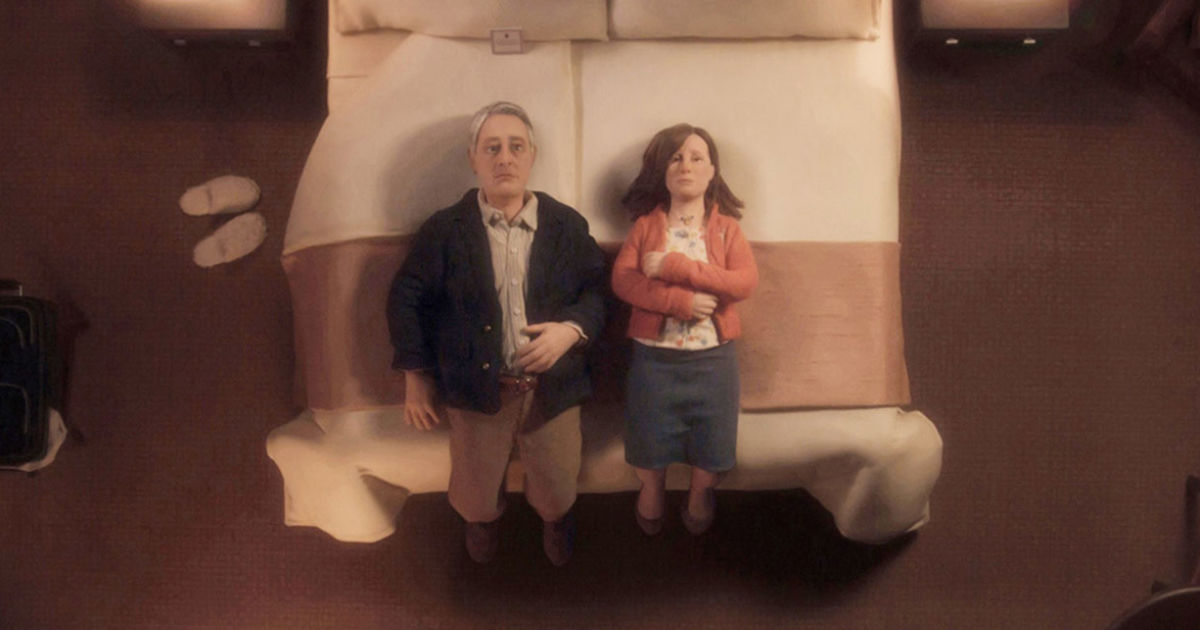
In a review for Esquire (one included in the film’s trailer), critic Matt Patches described Anomalisa as “the most human film of the year. And it doesn’t star a single human”. Perhaps this was an achievement only possible for wordsmith and absurdist hero Charlie Kaufman who originally wrote Anomalisa as a radio play before being convinced to turn it into an animated film by the creators of Adult Swim’s Moral Oral.
Despite Kaufman’s background as an absurdist writer and the background of co-director Duke Johnson and producers Rosa Tran and Dino Stamatopoulos in black comedy animation, Anomolisa is a very depressing film. The protagonist Michael, is suffering through an existential crisis compounded by his own possible suffering from the Fregoli Delusion (something that Kaufman denies, but states that it did inspire the story).
A Fregoli Delusion causes the victim to hallucinate that a single person frequently changing appearances through disguises and outfits. This may explain why every voice apart his and Lisa’s are exactly the same, not to mention the hotel they are staying in is called the Fregoli.
To be clear, this is an animated film that contains an unlikeable protagonist, mental illness, existentialism, a sex scene between two animated characters and even the possibility that the main character may have given his son a sex doll that he had copulated with.
This is anything but a children’s film. So why did the filmmakers choose to turn Kaufman’s script into an animated feature? Was it simply a shock tactic used when seeing two puppets having sex? Not likely. The animation itself adds a sense of detachment and isolation for a character like Michael, a narcissist who feels alone in the world.
13. Paprika (2006)
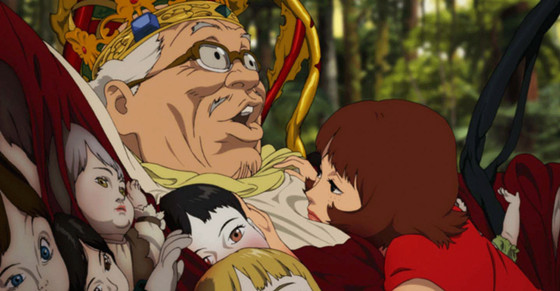
Despite his tragic death from pancreatic cancer at age 46, director and animator Satoshi Kon made such an impact on the world of cinema. Starting as a background and layout animator for manga and films, Kon made his feature debut with Perfect Blue, a neo-noir psychological thriller.
The film established Kon as a leading figure in the world of anime. His final feature film before his passing would most likely stand as one of his most daring and most visually stunning. A proper conclusion to a distinguished career sadly cut short.
Set in the not too distant future, a psychiatrist illegally uses a new psychotherapy treatment allowing doctors to enter the minds of patients and treat them through their dreams. Sound familiar? The concept is not new, with the idea being used for both The Cell and Inception.
However, Kon’s work takes this concept to a whole another level by trying something new. Imagery was everything in this film. Both Tarsem Singh and Christopher Nolan, two directors well known for their unique visual styling, had nothing on Kon’s masterpiece, which flared with iconic imagery, pushing the bar much higher for Japanese anime.
A remake for Paprika was in the pipe for a number of years but Nolan’s Inception ensured that plan was scrapped. Still, key moments from Kon’s films clearly influenced Nolan including the mirrors in the street and the gravity-defying hallway. While not as well known in the Western world as either of these films, its impact is still palpable.
12. The Illusionist (2010)
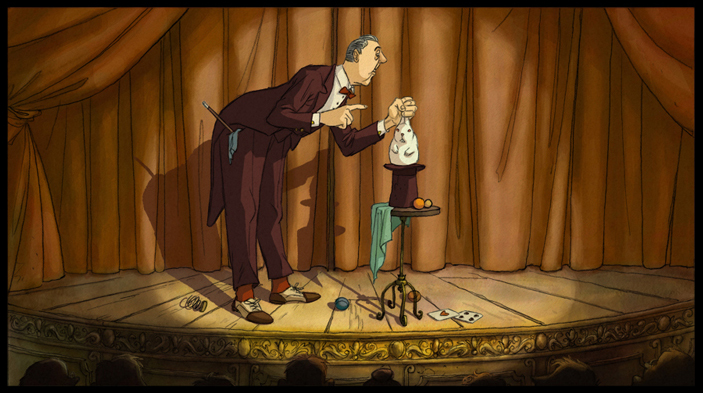
Perhaps what makes The Illusionist so heartfelt and touching is the story behind its inception. Despite being released in 2010, the original screenplay was written as far back as 1956. The original writer, legendary French filmmaker Jacques Tati, had passed away back in 1982. Tati had written the original script as a way of reconnecting with his estranged daughter, Sophie Tatischeff. Sadly neither Tati nor Tatischeff (who passed away in 2001) saw the finished film.
Clearly, this backstory was vital to the story of a struggling stage magician who encounters a young girl in rural Scotland who believes that he is a real magician.
This might be why director Sylvain Chomet avoided the temptation of turning this tale into a love story and sticks to a father-daughter relationship, doing justice to Tati’s original work. But it is not just the story that stands out. Just like his previous films, The Old Lady and the Pigeons and The Triplets of Bellville, Chomet’s animation offers an ugly view of the world.
Secondary characters have ugly features highlighted such as large noses and prominent brows. Even the world around them is painted in dark brown watercolours, giving the environment a depressing and streaked look. Yet, Chomet offers glimpses of hope in the form of splashes of colour and explosions of emotion in the characters faces. Chomet knows that the world is a sad, dark, ugly place but we can find beauty in even the smallest things.
Tatischeff had her father’s script for years before handing it over to Chomet shortly before her death. Clearly, she felt that an animated film was the best form for her father’s story and she was not wrong. How the film would have been handled as a live action film is unknown, but Chomet’s depiction of a bleak and gritty world mixed with moments of great beauty and colour does Tati’s story justice.
11. Persepolis (2006)
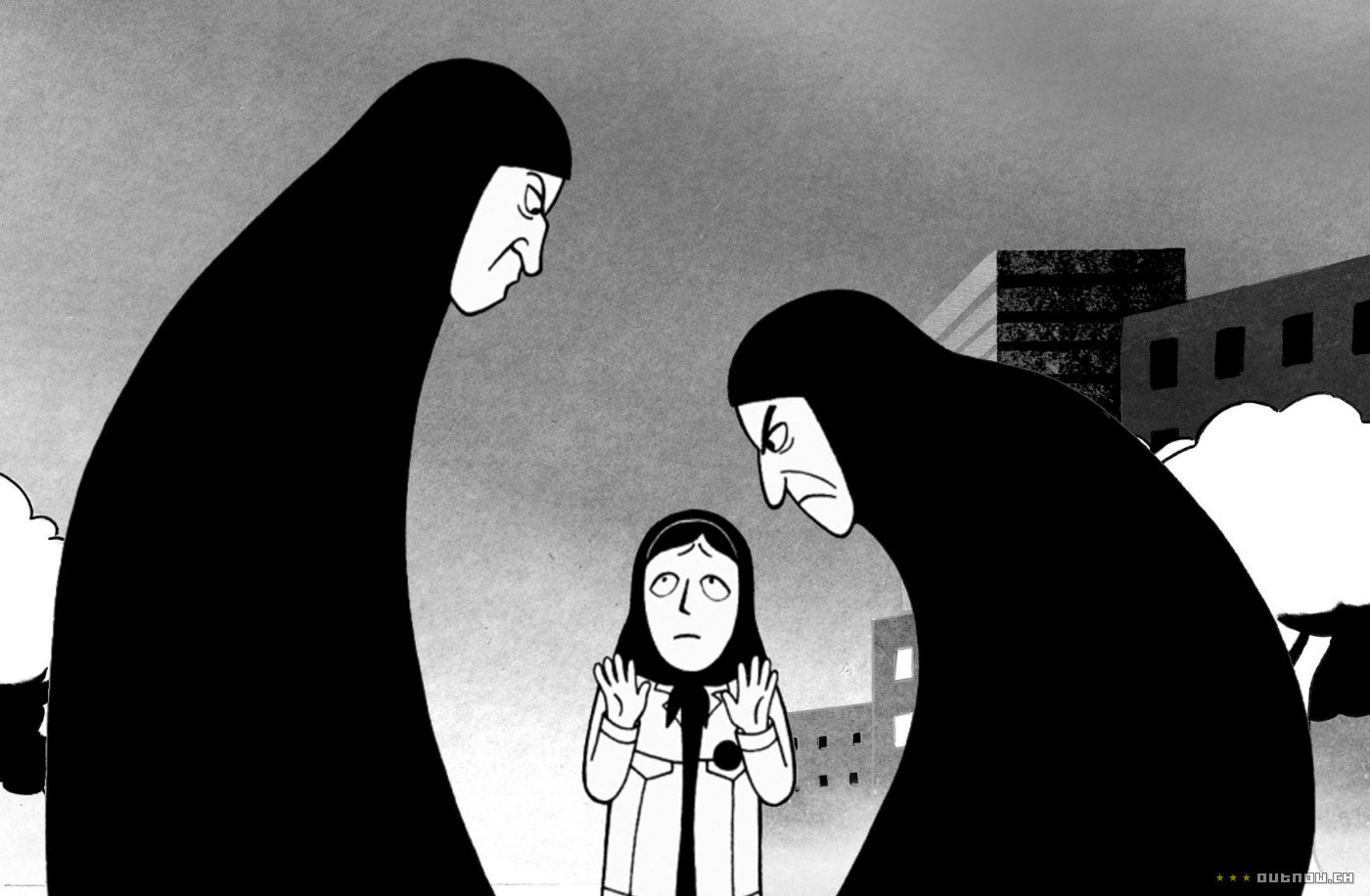
Sadly, the image we have been supplied of the Islamic Republic of Iran is one of an oppressed society, driven by fundamentalism with a desire to defy the United States and wipe out Israel. The truth, however, is a lot more complicated and Iranian cinema has been credited with setting the record straight.
Film scholar Richard Pena once discussed this phenomenon when a student of his became concerned about tensions between the US and Iran leading to war, as he had been able to relate to the people of Iran through the work of Abbas Kiarostami. But it is not just Kiarostami who steered the conversation.
Contemporary Iranian film directors such as Jafar Panahi (Offside, Taxi) and Asghar Farhadi (A Separation, The Salesman) have helped keep this cultural war alive. But while these films address contemporary Iranian life, one film addressed the past aspirations and hopes of some in Iran: Persepolis.
Based on the early life of director Marjane Satrapi, who wrote the original graphic novel, the film follows Marjane as a young girl in a politically active family, eager to see the fall of the Shah of Iran. However, the rise of Islamic fundamentalism leaves the family dismayed as civil liberties and political freedom are quietly squashed. Marjane rebels through her love of heavy metal and punk, eventually forcing her to relocate to Europe.
While scenes set in the present are shot in colour, all flashbacks to Iran and Europe are shot in a black and white, reminiscent of shadow theatre. An appropriate stylistic decision, not just as a homage to the original graphic novel, but a visual representation of the social rebellion that occurred in subtle ways behind the scenes.
In Iran, conservatives dismiss films like Persepolis and the works of Panahi and Farhadi as Siahnamayi, films made to portray Iran as either dark and gloomy or exotic in a bid to become popular in the Western market. However, this misses the point that Satrapi was trying to make.
That the revolution did spark hope for millions of Iranians, aspirations for freedom and national pride were rife, but the result did leave a sense of disillusionment for many, especially for Satrapi who, despite hating the government, longs for her old home.
10. Mary and Max (2009)
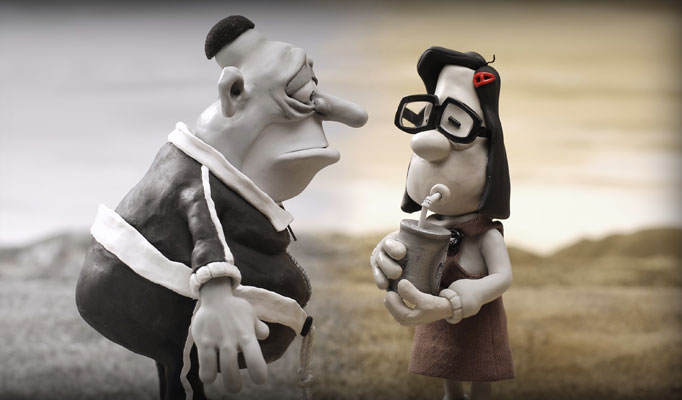
Mention clay animation, or Claymation, and most people will immediately think of the British comedic duo Wallace and Gromit. However, many fans of the style will also single out Australian animator Adam Elliot whose work, including Mary and Max and the short Harvie Krumpet, took Claymation to a whole new level.
The story of a young girl in Australia becoming pen pals with a lonely New Yorker could easily be the type of tale told in a Disney animation, except this is a Adam Elliot film.
Themes addressed include addiction, alcoholism, anxiety, depression, obesity, suicide, bullying, isolation, loneliness, sexual identity, child neglect and autism. Mary and Max is a very sad story, something that normally would not translate well to animation. However, under Elliot’s careful direction, the film manages to find the heart in a bizarre relationship.
Elliot’s films have an affinity for outcasts. The weirdo’s of his world in a way are autobiographical, based on those around him as well as himself, so perhaps Claymation is the perfect style of filmmaking for Elliot’s story. Character’s physical flaws are highlighted through the animation. The clay is used exaggerate jaws, noses, ears and even the eyes are unusually large.
For Elliot, these exaggerations are used to emphasise their own psychological issues and how it impacts them. Clearly, this is not a animated film for children but Elliot has managed to elevate the medium to a new level of appreciation, proving that even the most mature story can sometimes be best told through a medium commonly associated with children.
9. Toy Story 3 (2010)
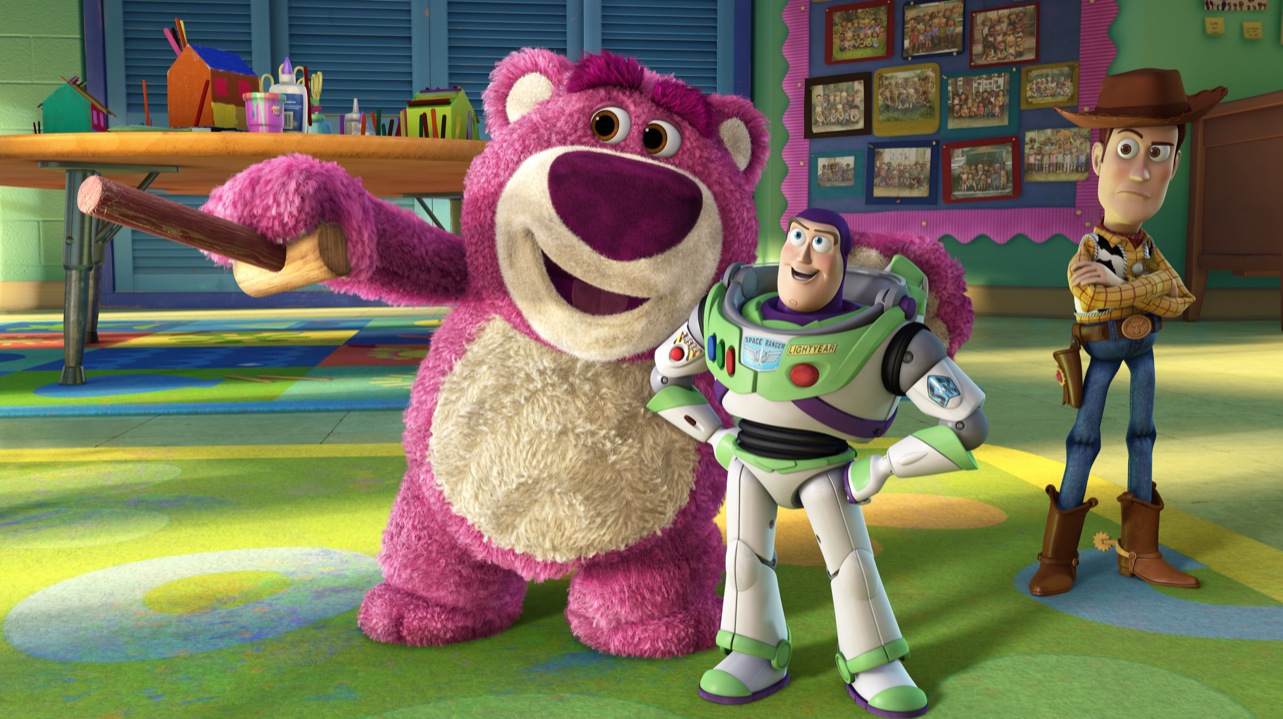
Sequels have never been a strong suit for Pixar. Toy Story 2, Finding Dory and the Cars sequels (as well as the original) were all criticised for falling short of audience expectations. So when a third Toy Story was announced, some fans were apprehensive, especially since the original Toy Story holds a special place in the hearts of a lot of fans.
Pixar was clearly well aware of this fanfare when they decided to advance the timeline several years with Andy, now a young adult preparing for college, accidently sending his toys to a local day care where they quickly find the entire centre run my an authoritarian teddy bear.
What makes Toy Story so special compared to the other sequels? It’s relationship to the first two films. The original, Pixar’s first feature film, was released in 1995. The second in 1999. This means that the target audience for the original, over a decade prior, have all grown up, much the same as Andy.
It has been a long time since Andy and the audience have played with toys but the memories are still there. So when we see Andy struggle to give Woody away to Bonnie, we feel his pain. Toy Story 3 could very well be credited as the first film to give millennial a sense of nostalgia. Not just for their love of the original film, but also a childhood that seems long lost.